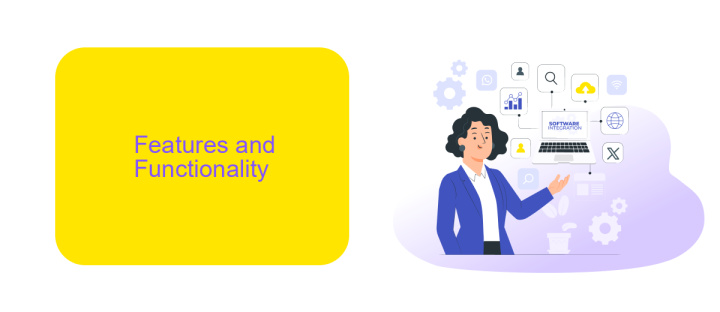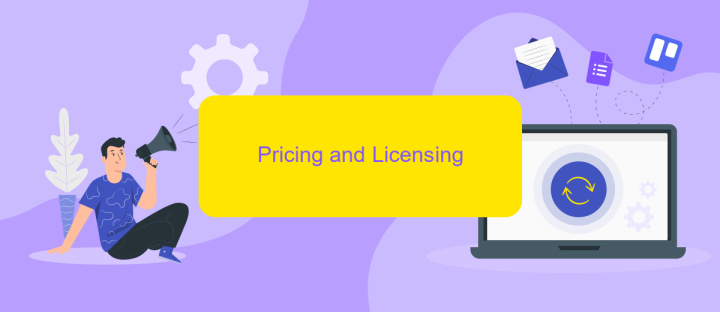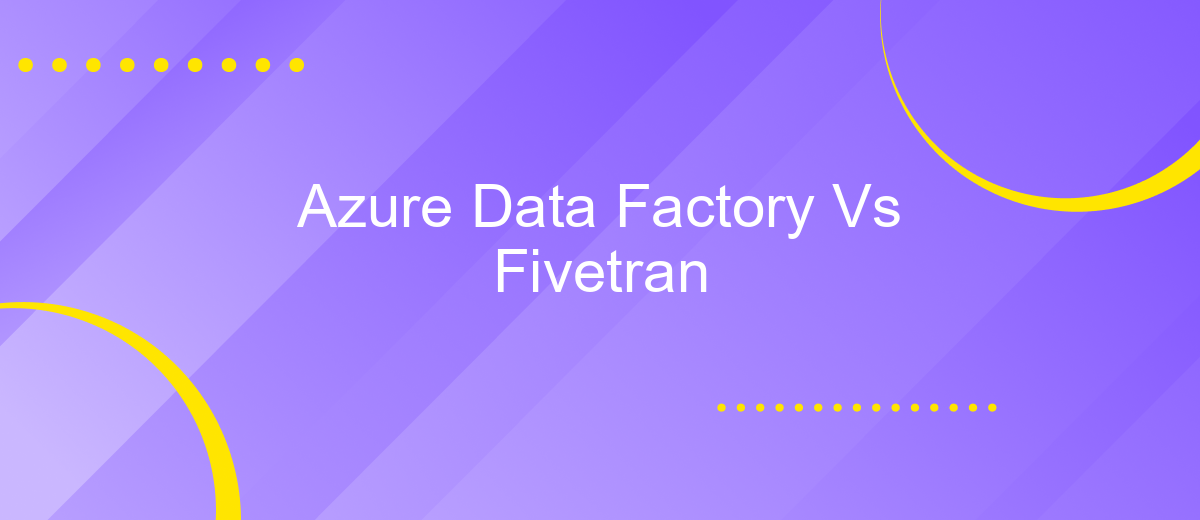Azure Data Factory Vs Fivetran
In today's data-driven world, integrating and transforming data from various sources is crucial for businesses. Azure Data Factory and Fivetran are two leading solutions that offer robust data integration capabilities. This article compares these platforms, examining their features, ease of use, and performance to help you decide which tool best suits your organization's data management needs.
Introduction
In today's data-driven world, businesses are continuously seeking efficient ways to integrate and manage their data from various sources. Azure Data Factory and Fivetran are two prominent tools in the data integration landscape, each offering unique features and capabilities. Choosing the right tool for your organization can significantly impact your data management strategy and overall business performance.
- Azure Data Factory: A cloud-based data integration service that allows you to create, schedule, and orchestrate ETL (extract, transform, load) workflows.
- Fivetran: An automated data integration tool that focuses on simplifying the ETL process by providing pre-built connectors for various data sources.
- ApiX-Drive: A versatile service that helps set up integrations between different platforms, making it easier to automate data workflows and improve operational efficiency.
Understanding the strengths and limitations of Azure Data Factory and Fivetran is crucial for making an informed decision. This article will delve into the features, use cases, and performance of both tools, providing you with the insights needed to select the best solution for your data integration needs.
Features and Functionality

Azure Data Factory offers a comprehensive data integration service designed to handle complex ETL (Extract, Transform, Load) processes. It supports a wide range of data sources, both on-premises and in the cloud, allowing for seamless data movement and transformation. With its intuitive visual interface, users can easily create, schedule, and orchestrate data pipelines. Additionally, Azure Data Factory integrates with other Azure services, providing a robust ecosystem for data management and analytics.
Fivetran, on the other hand, focuses on automated data integration with a strong emphasis on simplicity and ease of use. It provides pre-built connectors to numerous data sources, enabling quick and efficient data replication to your data warehouse. Fivetran's maintenance-free pipelines ensure continuous data flow without manual intervention. For users seeking additional customization or integration capabilities, services like ApiX-Drive can complement Fivetran by offering flexible automation tools to further streamline data workflows.
Pricing and Licensing

When comparing Azure Data Factory and Fivetran, pricing and licensing are crucial factors to consider. Azure Data Factory operates on a pay-as-you-go model, charging based on pipeline activities, data movement, and data volume. This flexibility allows businesses to scale their costs according to their specific needs, making it a cost-effective solution for varied workloads.
- Azure Data Factory: Charges based on pipeline activities, data movement, and data volume.
- Fivetran: Operates on a consumption-based pricing model, charging based on the number of rows processed.
Fivetran, on the other hand, uses a consumption-based pricing model, charging based on the number of rows processed. This can simplify budgeting but may become expensive with large data volumes. Both platforms offer free trials and tiered pricing to accommodate different business sizes. For those looking to simplify integration setups, services like ApiX-Drive can be beneficial, offering streamlined connections between various data sources and destinations, further enhancing the value of either Azure Data Factory or Fivetran.
Use Cases

Azure Data Factory and Fivetran serve distinct use cases in the realm of data integration and ETL (Extract, Transform, Load) processes. Azure Data Factory is highly suitable for complex data workflows and large-scale data transformations. It offers robust capabilities for orchestrating data movement across diverse sources and destinations, making it ideal for enterprises with intricate data architectures.
Fivetran, on the other hand, is designed for simplicity and ease of use. It automates data extraction from various sources and loads it into data warehouses with minimal configuration. This makes Fivetran an excellent choice for businesses seeking quick and reliable data integration without extensive setup or maintenance.
- Azure Data Factory: Best for complex data workflows and large-scale transformations.
- Fivetran: Optimal for straightforward, automated data extraction and loading.
- ApiX-Drive: Useful for setting up integrations quickly and efficiently across multiple platforms.
Choosing between Azure Data Factory and Fivetran depends on your specific needs. For intricate data processes and extensive customization, Azure Data Factory is the go-to solution. For rapid deployment and ease of use, Fivetran stands out. Additionally, services like ApiX-Drive can further simplify integration tasks, providing a versatile toolset for diverse data needs.
Conclusion
In conclusion, both Azure Data Factory and Fivetran offer robust solutions for data integration and ETL processes, each catering to different needs and preferences. Azure Data Factory excels with its comprehensive suite of tools and deep integration with other Microsoft services, making it ideal for enterprises heavily invested in the Microsoft ecosystem. On the other hand, Fivetran provides a more streamlined and user-friendly experience, with automated data pipelines that require minimal maintenance, making it a strong choice for businesses looking for simplicity and efficiency.
When choosing between these two, it is essential to consider the specific requirements of your data workflows, the technical expertise of your team, and the existing infrastructure. Additionally, services like ApiX-Drive can further enhance your data integration capabilities by offering easy-to-use integration solutions that bridge the gap between various applications and services. Ultimately, the right choice will depend on your unique business needs and long-term data strategy.


FAQ
What are the primary differences between Azure Data Factory and Fivetran?
Which service is better for real-time data integration?
How do these services handle data transformation?
Which service offers better scalability?
What are the alternatives for automation and integration?
Routine tasks take a lot of time from employees? Do they burn out, do not have enough working day for the main duties and important things? Do you understand that the only way out of this situation in modern realities is automation? Try Apix-Drive for free and make sure that the online connector in 5 minutes of setting up integration will remove a significant part of the routine from your life and free up time for you and your employees.

